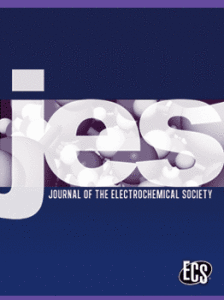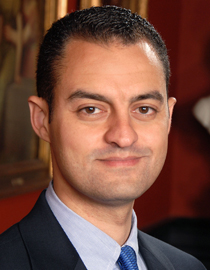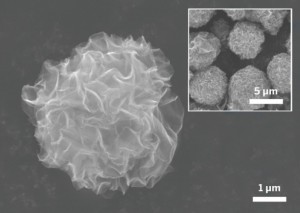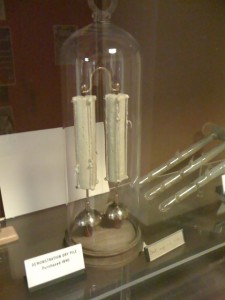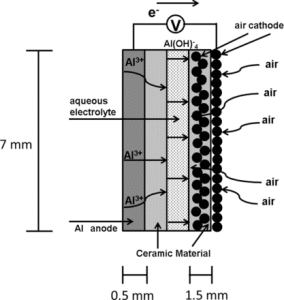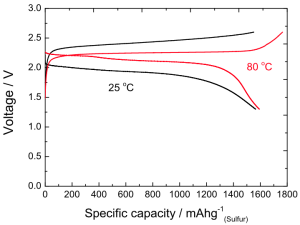
Voltage profiles of charge-discharge cycles of the Li/Li3PS4/S battery.
Image: Journal of The Electrochemical Society
A team from Japan’s Samsung R&D has worked in collaboration with researchers from the University of Rome to fabricate a novel all solid state Lithium-sulfur battery.
The paper has been recently published in the Journal of The Electrochemical Society. (P.S. It’s Open Access! Read it here.)
The battery’s capacity is around 1,600 mAhg⁻¹, which denotes an initial charge-discharge Coulombic efficiency approaching 99 percent.
Additionally, the battery possesses such beneficial properties as the smooth stripping-deposition of lithium. In contrast to other Li-S cells, the new battery’s activation energy of the charge transfer process is much smaller.


